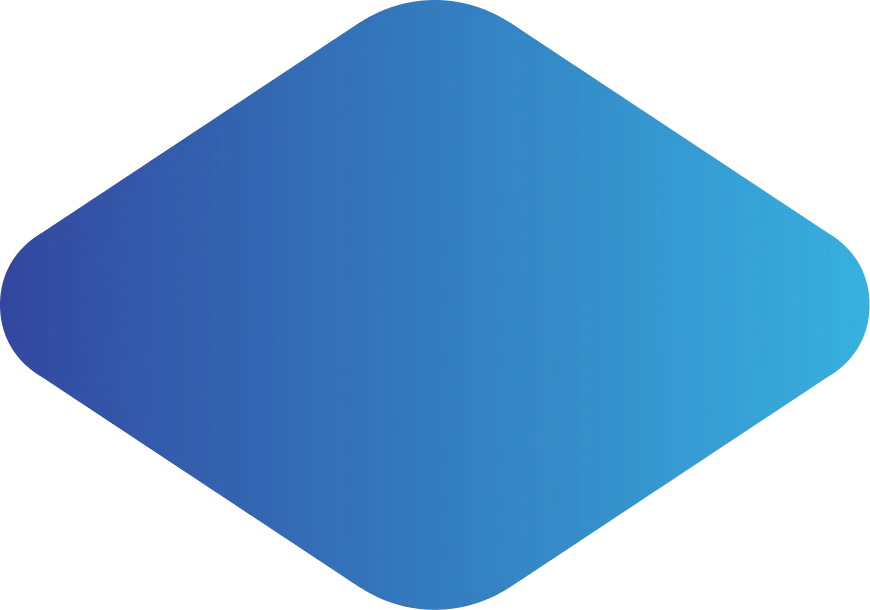This is a beta version of the website. Thank you for visiting.
Job-Hunting 101: How to Write A Resume that Sells Your Story

This new generation of workers — your generation — has a pretty good idea of what you want from a workplace and from your job (or jobs, if you’re part of the population choosing to have multiple part-time jobs). What you may need a bit of help with is going over the first challenge of starting a career: writing a resume. And in this hypercompetitive environment, you don’t just need resume writing tips, you need to know how to write an effective resume. Without further ado, here are some helpful pointers on how you can make yours stand out.
Make It Visual
Tell your story by using infographics, charts, or a video where applicable. You are writing a resume in the time of Instagram and TikTok, adding a strong visual component significantly increases your chances of grabbing a potential employer’s attention — especially if you’re applying for a job in the creative industry. Plus, it gives them a real-life preview of what you’re capable of doing.
Moreover, as tempting as it may seem, you probably wouldn’t want to just plug your details into a Canva template — especially if putting a little more effort in means that you will stand out from the hundreds of others using the same templates. As Marshall McLuhan put it: the medium is the message.
Think Keywords
Beyond just incorporating keywords from the job description, learn about industry-specific terms and integrate them into your resume. This demonstrates not only your understanding of the field but also enhances your resume’s visibility in digital searches. You can also use a resume writing app to help you optimize the keywords.
Use Numbers and Data
Wherever possible, quantify your accomplishments in internships, part-time jobs, or even university projects. Use specific numbers and percentages to highlight your effectiveness and contribution. For example, instead of saying that you organized a well-attended event, say that you organized an event that was attended by 350 people, or 45% more than the previous year.
Create an Online Portfolio
An online portfolio can complement your resume, providing a platform to showcase your work, projects, or any relevant content you’ve created. Include the link in your resume header along with your contact information.
TIP: To see if potential employers are actually checking your portfolio and to make necessary optimizations, you can track the link using a link shortener like bit.ly. Isolate data by using a unique link for each application that you send.
Showcase Your Soft Skills
According to LinkedIn data, “Hard skills can help you get a recruiter’s attention, but soft skills can help you land the job.” Hard skills are the technical capabilities related to the job that can be measured, for example, if you’re a programmer, it’s your aptitude in coding. Soft skills, on the other hand, have more to do with your social and emotional skills and capabilities in leadership, communication, and problem-solving.
While your hard skills demonstrate what you know and what you can do, your soft skills give an indication of how you can grow and impact the people around you. Alexandra Levit, author of Humanity Works: Merging Technologies and People for the Workforce of the Future, says it’s soft skills that give people what she calls “career durability,” or the ability to be resilient and reinvent yourself in different environments.
Highlight instances where you’ve successfully demonstrated these skills, offering a well-rounded view of your capabilities. For example, if you want to highlight your leadership skills, describe a situation where you led a team to achieve a specific goal.
All in all, your resume isn’t just a list of the things you’ve already done but a preview of what else you can achieve and who you can become.
Read more about how you can set your goals and achieve them:
Can’t find what you’re looking for?
Click here to search keywords

